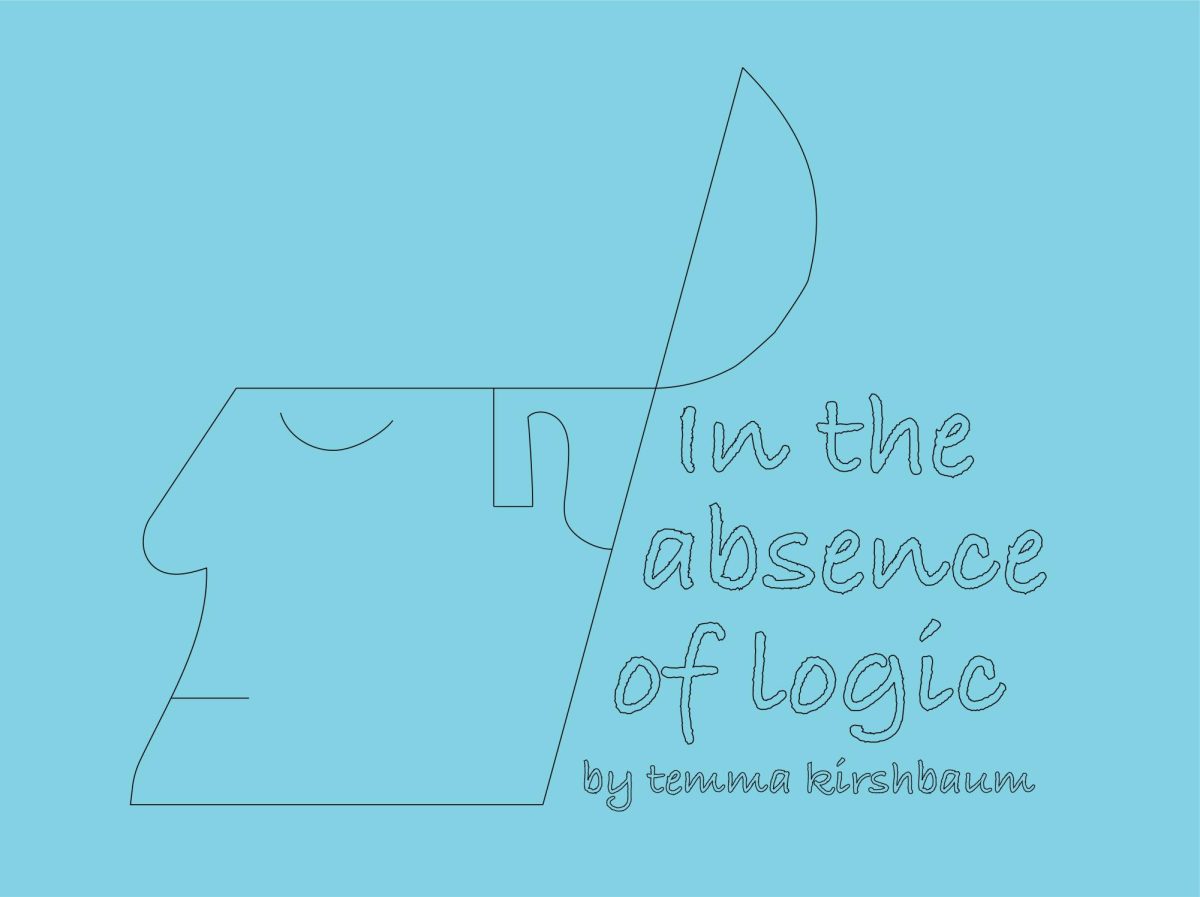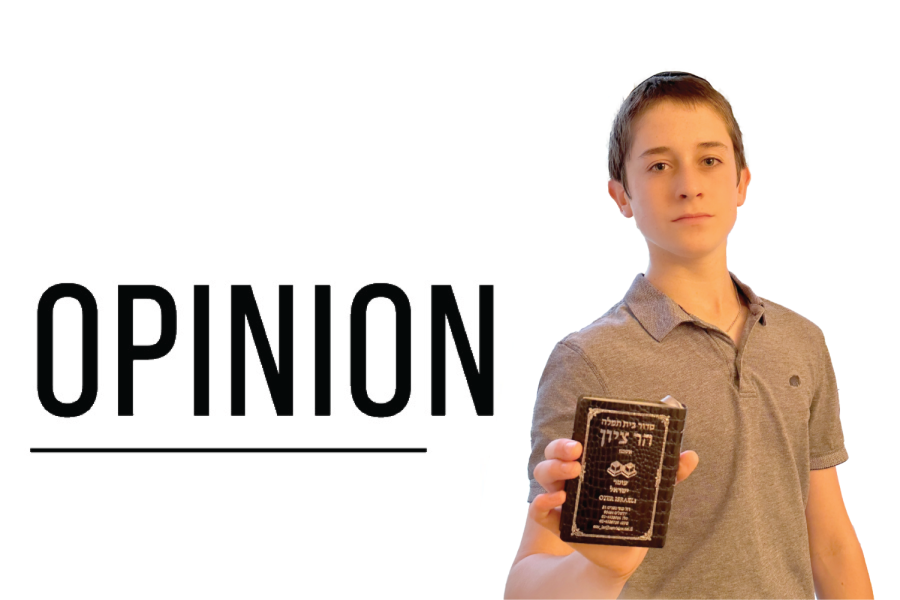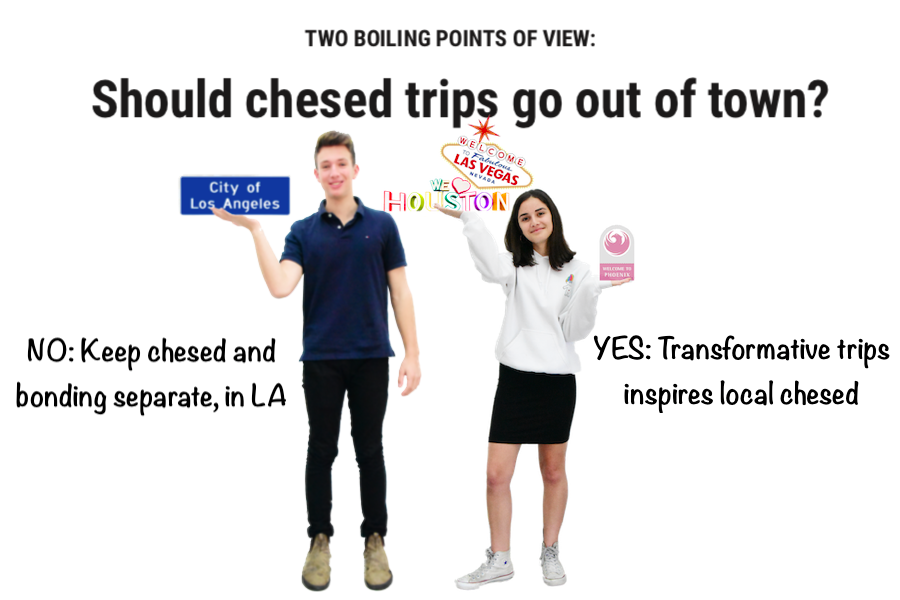Every year as the sun sets and we prepare ourselves for Yom HaDin, we as Jews are supposed to go in to the Day of Atonement knowing that we have done our due diligence to repent for our sins.
Along with introspective analysis, we practice numerous customs forwhich the sole purpose is to rid us of our sins of the past year. These include tashlich, the act of throwing bread in the water to feed our sins to the fish, and kaparot, the act of twirling a live chicken over our heads to transfer our sins to the chicken. Of the previously stated customs, only kaparot receives heat.
As you are reading this, think for a second and ask yourself: “Did I feel any guilt for the sins I committed this last year?” I wouldn’t be surprised if many readers never even contemplated what they did this last year – let alone actually felt guilty, repented and reviewed what about themselves they could change in the year to come.
Kaparot is a custom which inflicts a feeling of guilt that we need this time of year. However you view the swinging or the slaughtering of the chicken, would you not find having a weight lifted from your shoulders therapeutic? Most of us aren’t aware of what we do on a daily basis, and because of that we forget how much we may affect others with what we say and do. This tradition makes us aware. The guilt reminds us of what we did.
One might say that swinging a chicken around your head is not necessarily the most humane way to be relieved of your sins, but one of us held the chicken with his own hands on the Sport Court Oct. 7 and it fell asleep – proving that it was not in any danger or discomfort at all.
Also, the chicken becomes a sacrifice for the sins that we have committed. How many things in the past year have you done that in the times of the Gemarah would have had you killed, or lashed? Maybe you took something you weren’t supposed to, or you broke Shabbos by accidentally turning on a light, or the potato chips you bought was traif (non-kosher) and you only realized after you ate half the bag. Kaparot is the alternative to you getting 40 lashes or being stoned. It represents the tip of the iceberg of what we can see and analyze, it represents atonement and forgiveness, and it also represents our lives saved. Is that not practice we should embrace? After all, in Judaism, saving a life trumps all.
We don’t really see why people had a difficult time with this scenario, because it’s not like we killed the chicken at school in front of everyone. Mr. Kiegher took the chicken to a specific place after we were done with it and people killed it there, just like all the chickens that we eat are killed. This one was given to the poor. All we did was symbolically transfer our sins into the chicken, as our ancestors did many years before. We followed a tradition that has had meaning for thousands of years.
Using money for kaparot became a substitute for the chicken after Ashkenazim worried that their sins would somehow be transferred to the unsuspecting poor families who would be eating the sacrificed bird. To this we say that a family of people looking for their next meal aren’t looking at the chicken’s symbolism but as true unadulterated sustenance.
On Oct. 8, when Yom Kippur came to a close during Neilah, we hope that each of you could look back on the day as a day of self-repentance, forgiveness, and if possible planting of the seeds of personal change. If not, maybe next year you should try getting some help from a relaxed, innocent, symbolic and peaceful chicken.
Related: Two Boiling Points of View – Kaparot: Cruel and un-Jewish 11/7/2011
Related: Kaparot: Ancient ritual for ‘transferring’ sins debuts on the Sport Court 10/10/2011
VIDEO: Kaparot on the Sport Court Oct. 7












